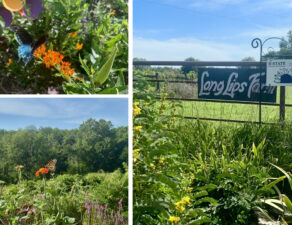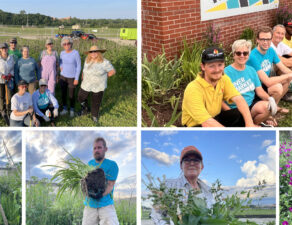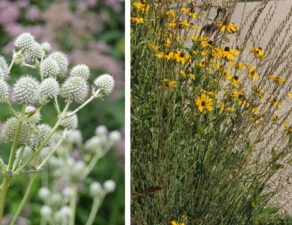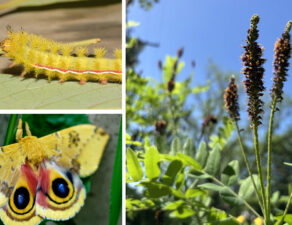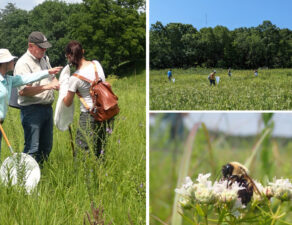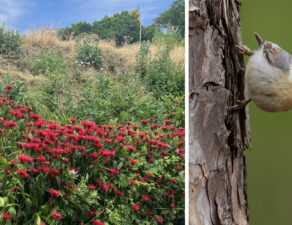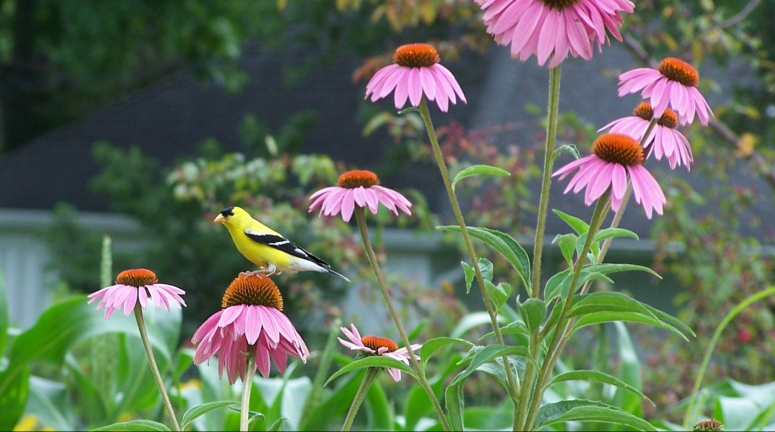
Text and Photos by Tom Schroeder
Interested in receiving articles like this by email? Sign up for our newsletter, The Pollinator.
We plant native plants in our yards to admire their attractive flowers and foliage and because of the benefits to native wildlife. Another benefit is we get to observe the complex relations that occur.
We can easily see simple relations. A butterfly or a bumblebee lands on a flower and sips nectar or a Monarch caterpillar is found munching on a milkweed plant.
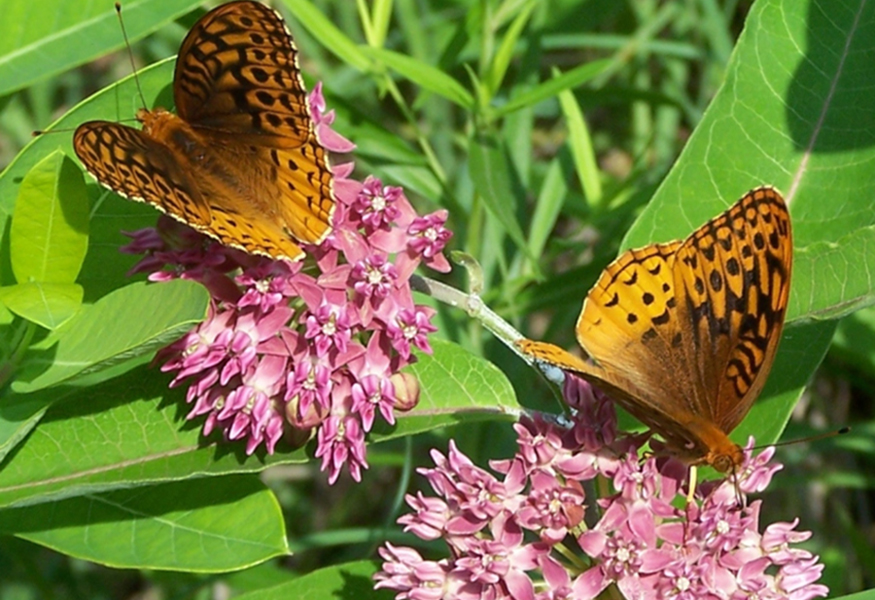
Complex relations are more difficult to observe because they may develop over several weeks. Here are two examples of more complex relations. You could observe part of them in your own yard by planting just a single native plant species.
Say you were to plant a serviceberry tree (Amelanchier). These are attractive 15 to 25 foot native trees that grow well in a variety of soils in our region. They are mostly planted for their beautiful white flowers that bloom in early April. Once established in the soil, a soil fungus associates around the tree’s feeder roots. The fungi help the tree efficiently take up water and nutrients from the soil. In exchange the tree supplies sugars to the fungi. When the tree gets enough energy, it produces white flowers in early April. These flowers are visited by sawflies that seek nectar and digger bees (Andrena) that seek pollen. The digger bee collects the pollen on its hind legs. It then takes it to its nesting tunnel, in your or your neighbor’s lawn, to feed its young.

When gathering the pollen, the digger bee moves pollen from flower to flower. The flowers then form into fruit. The fruit matures in early June. Cedar waxwings, robins, and catbirds seek out the serviceberry fruit.
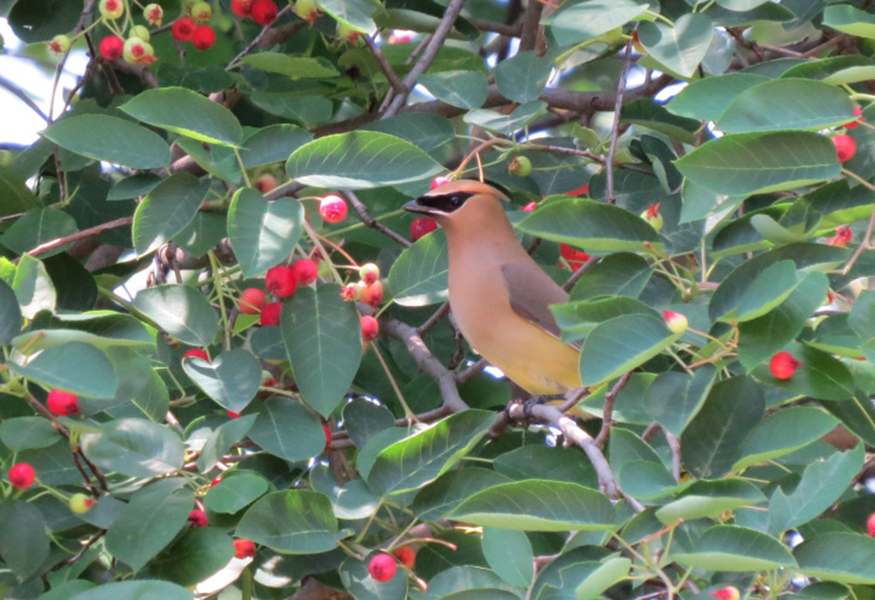
The cedar waxwings are migrating north and seek the fruit to refuel. The robins and catbirds are nesting and need energy to seek insects for their young.
So a native serviceberry tree is planted in your yard. A soil fungus assists the tree in taking up nutrients. The tree has the energy to produce flowers. The digger bee pollinates the flowers by seeking pollen for its own young. The pollinated flowers form fruit. The fruit fuels the migration of the cedar waxwing. The bird spreads the seeds far away from the tree. Complex relations occur all because a native tree was planted in your yard.
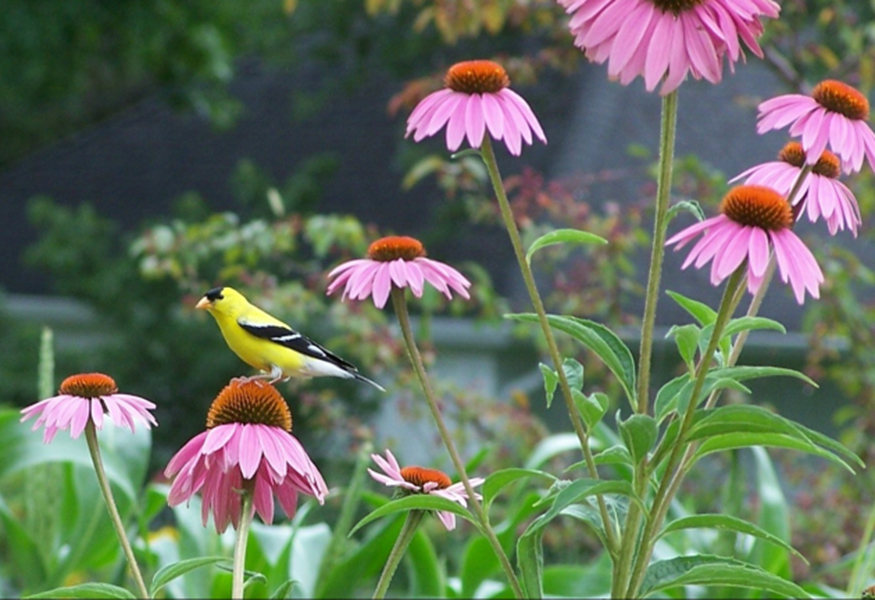
Here is another example. People plant purple coneflower (Echinacea purpurea) because they want to enjoy the pretty purple flowers. After the plant is in the ground a soil fungus associates with its feeder roots. This type of fungus enters into the plant’s root cells and helps the plant efficiently take up water and nutrients in exchange for sugars. The plant has the energy to produce its gorgeous flowers.
You might see bumblebees or butterflies visiting the flowers for nectar. If you look very closely, you can observe a tiny native sweatbee, only the size of rice grain, crawling around the flower.
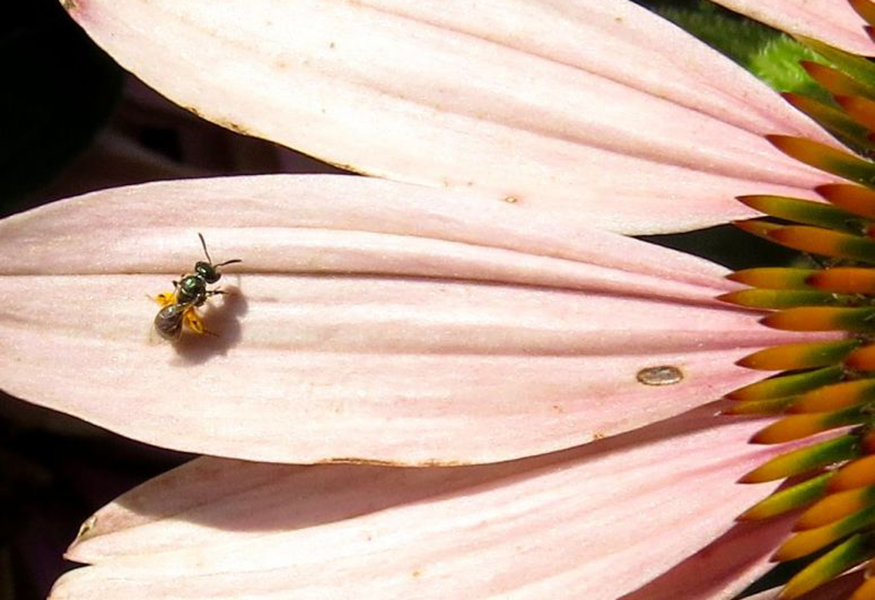
Purple coneflowers have “composite flowers” which means each flowerhead is made up of hundreds of tiny flowers. Because of this there is much pollen and nectar available to a tiny sweatbee. In gathering pollen for its own ground nest, that is probably in your garden or lawn, the bee pollinates the flower. The flower then forms a seed. These seeds are very attractive to the native goldfinch which visits and tears apart the seed head to get to the seed. The plant flowers during the period that the goldfinch is nesting. The birds are seeking seeds to feed their young and fuel themselves. By tearing apart the seed head the bird scatters the seed a lot farther than the plant would be able by just releasing the seed.
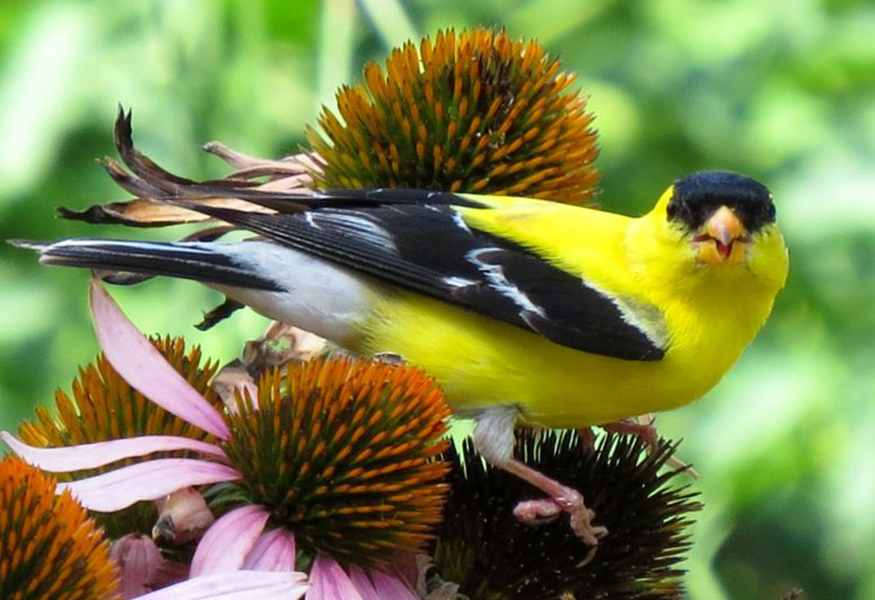
So, a purple coneflower is planted. A soil fungus associates with its roots assisting it in efficiently absorbing water and nutrients. The plant has the energy to produce a composite flower. A tiny sweatbee gathers pollen to feed the young in its ground nest. In doing so it pollinates the flowers. Seeds are produced. A goldfinch visits the flower head to gather seeds for its developing young. In tearing apart the flower head the bird helps in scattering the seeds. Complex relations occur because a purple coneflower is planted in your yard.
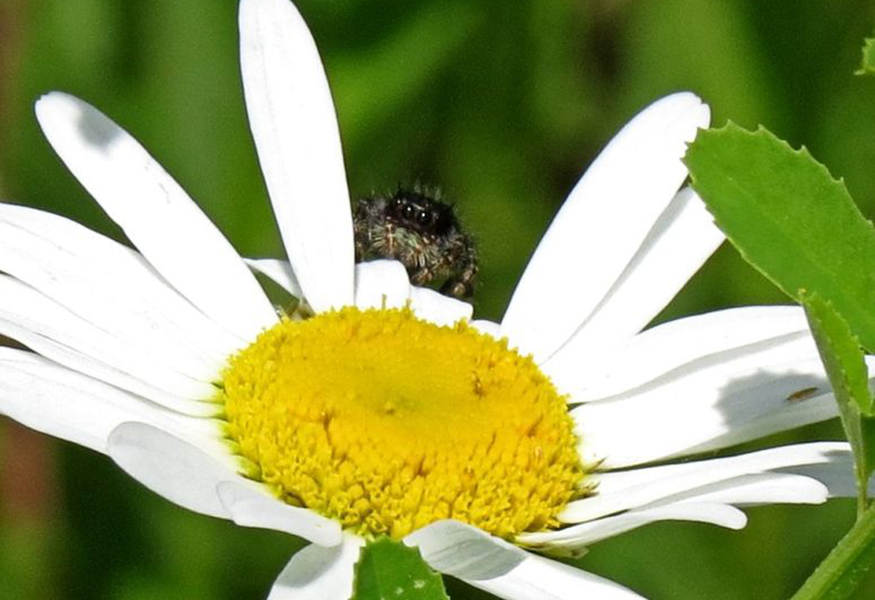
Our yards can be a refuge for wild creatures. By planting a native plant this year, you may discover it has complex relations with many creatures that will amaze and entertain you.
